SUMMARY
This is AI generated summarization, which may have errors. For context, always refer to the full article.

As world leaders gather in Glasgow, Scotland, to discuss how countries can tackle the ongoing climate crisis, some officials from the Philippines have set their sights on Denmark, a country thousands of miles away from the center of action.
The Nordic country is one of the few in the world that have committed to becoming carbon neutral by 2050, passing a law in 2020 that seeks to slash its emissions by 70% in 2030 compared to 1990 – a move that lends it credibility for outlining interim measures to meet its 2050 target.
“I think, that’s the most ambitious goal in the world,” Philippine Ambassador to Denmark Leo Herrera-Lim told Rappler.
Denmark’s experience in fighting climate change and moving away from fossil fuels, as well as other non-renewable energy sources, is what he hopes is transferred to the Philippines, one of the countries most vulnerable to the impacts of a hotter planet.
While the ongoing climate crisis is front and center in the global agenda, the Philippines and Denmark share a history in cooperating on the issue. Both countries worked together to operate the Burgos Wind Farm in Ilocos Norte, the largest wind power project in the Philippines and Southeast Asia.
Herrera-Lim said the countries’ track record in partnering on climate solutions and sustainable growth has become “core of our [Philippines] aspiration.”
Since then, Danish Ambassador to the Philippines Grete Sillasen said Danish companies were keen to both present its experiences in implementing greener solutions and extend its expertise in the area to the country.
“They don’t have to be convinced to come here, they are here already,” she said.
Local solutions
In lending its expertise on how to cope with – and combat – the effects of climate change, Sillasen said Denmark is ready to bet on what it’s learned after 40 years of trying to move away from dirty energy.
More recently, the Philippines and Denmark have focused on projects that provide support to local governments to become more energy efficient. Due to limited travel brought about by the COVID-19 pandemic, Sillasen said both countries hosted several online webinars with local government units that have had difficulty in meeting energy standards mandated by Philippine laws.
So far, at least 13 LGUs have received technical support from Danish experts.
“It’s [energy efficiency] sometimes, a little underestimated. It’s not visible to the same extent as, for example, an offshore windmill park or solar panels that everybody could see…but if you’re super energy efficient – for example, by installing very good water pumps below the surface which use a fraction of the energy than core pumps – that is important,” Sillasen said.
“Having everybody focused on energy efficiency is very important because as we always say, the cleanest and greenest and cheapest energy is the one that you don’t use,” she added.
Lessons to learn
Herrera-Lim said the Philippines is also interested to pick up lessons from Danish companies who were leaders in pioneering green solutions across several fields such as shipping and agriculture.
Among companies pushing forward with operations that were more sustainable for the planet include Vestas, which helps operate the Burgos Wind Farm and is one of the biggest producers of wind power across Europe. As part of efforts to reach the goal of becoming carbon neutral by 2050, Denmark wants to see 50% of its electricity from wind energy.
Aside from this, Herrera-Lim said the Philippines was also eyeing opportunities to learn from Danish firm Grundfos, which specialized in water technology. Insights from the company were especially relevant to the Philippines, said Herrera-Lim, because the country is prone to more severe flooding from storms intensified by climate change.
Last August, a United Nations scientific body released warned in an important report that the world is poised to hit 1.5°C warming over pre-industrial levels in the 2030s. Scientists who put together the study, called the Intergovernmental Panel on Climate Change 6th Assessment Report, said this tipping point would bring “extreme events unprecedented in the observational record.”
For Southeast Asia, this means rising sea levels, heat waves, drought, and more intense and frequent bouts of rain, known as “rain bombs.” Every degree of global warming is projected to bring about a 7% intensification in heavy rain events.
Another area that the Philippines was interested to improve in using Danish expertise, was the extensive use of a ferry system and bridges.
“If you have these infrastructure, pretty much you lower the overall use of some of the non-less efficient energy,” Herrera-Lim said.
In the field of shipping – which contributed to some 3% of the world’s carbon footprint – Herrera-Lim cited the example of Maersk which aimed to deploy the first carbon neutral vessel by 2023.
Challenges ahead
While officials were optimistic about avenues for the Philippines and Denmark to cooperate on climate change, Herrera-Lim and Sillasen conceded it would take more than just efforts from private firms, government, and individuals to mitigate the effects of the ongoing crisis.
“This cannot be done by private enterprises alone and cannot be done by governments alone. It cannot be done by people. It only takes all these actors to act together to make it happen,” Sillasen said.
“Almost every person in the Philippines would feel the impact of climate change particularly during the last two decades. And I think the one thing is for government to set the direction in terms of where we can an impact both on the big and individual scale on climate change,” Herrera-Lim added.
More than this, both the devastating effects of climate change, and solutions that have sprung from trying to address these, demonstrated how necessary commitment from leaders was in tackling the climate crisis.
“The progress of Denmark is not because we are a nation of saints. It didn’t suddenly dawned on us that we have to be good. We had an oil crisis in 1973…. It was a wake up call,” Sillasen said.
She continued: “We have been through a [nearly] 50-year long process that has taken us to where we are and countries like the Philippines and many others can skip some of the mistakes that we made and go straight to the right solutions.” – Rappler.com
Add a comment
How does this make you feel?
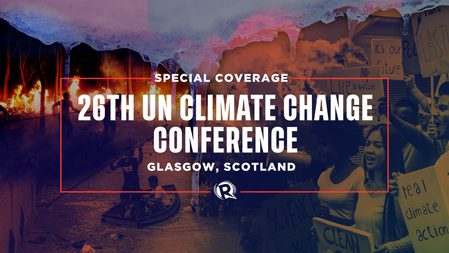
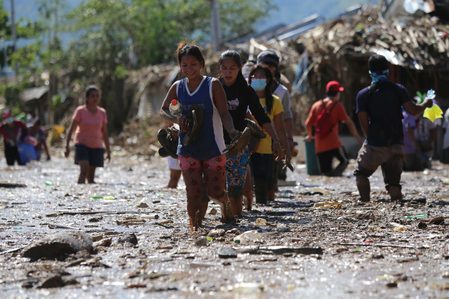
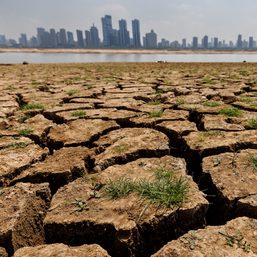
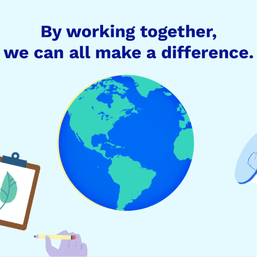
![[OPINION] Momentum for climate justice](https://www.rappler.com/tachyon/2022/01/TL-Odette-Climate-Justice-January-21-2022-Part-2.jpg?resize=257%2C257&crop=82px%2C0px%2C720px%2C720px)
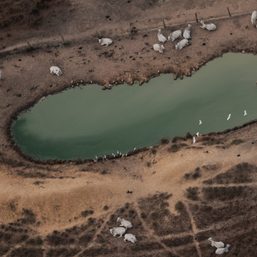
![[ANALYSIS] After Glasgow: What’s next for climate?](https://www.rappler.com/tachyon/2021/12/cop26.jpg?resize=257%2C257&crop_strategy=attention)
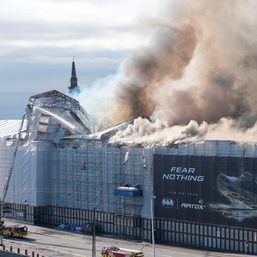




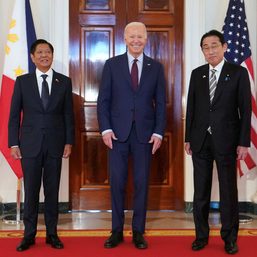
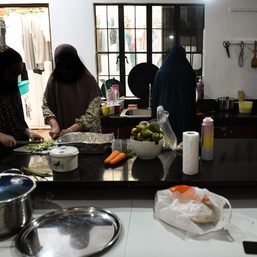
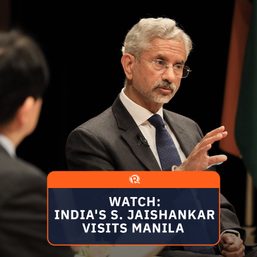
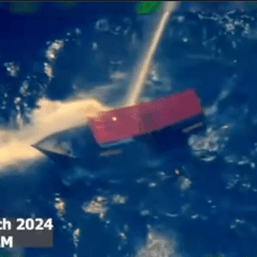

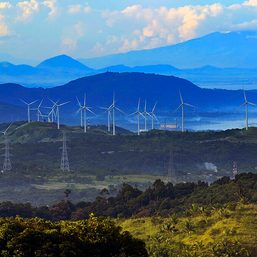
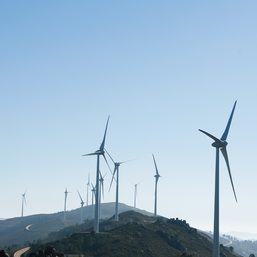

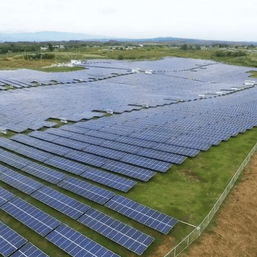
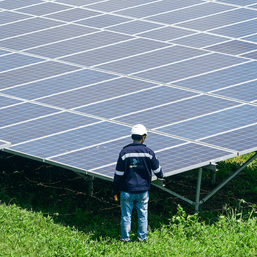
There are no comments yet. Add your comment to start the conversation.